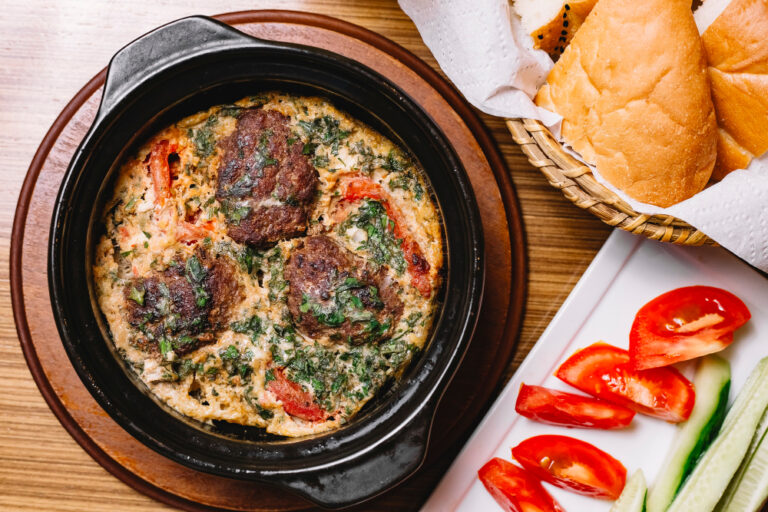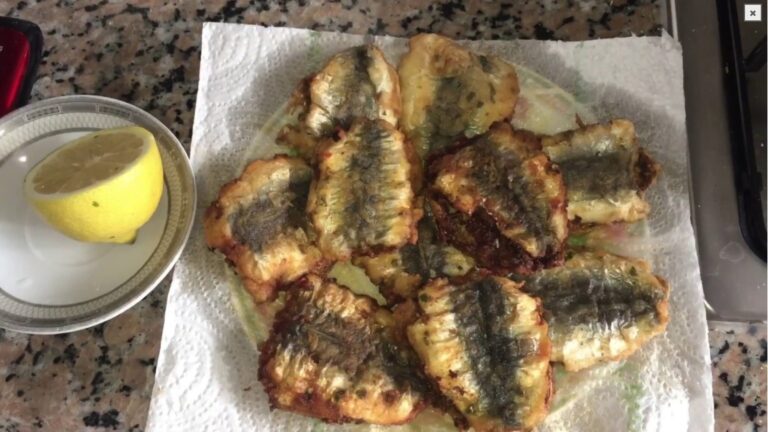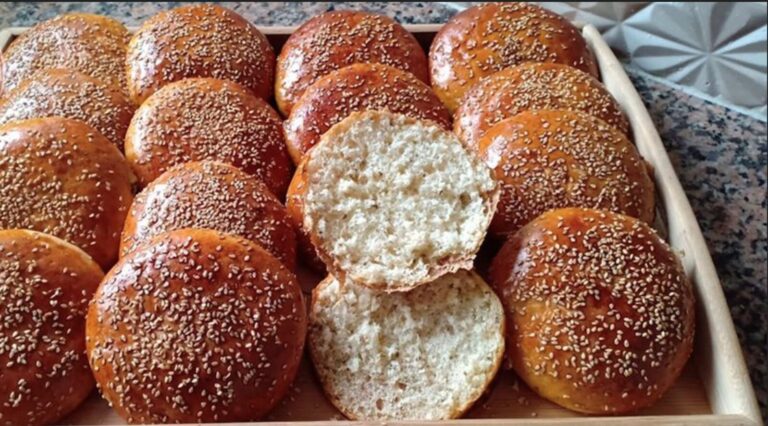
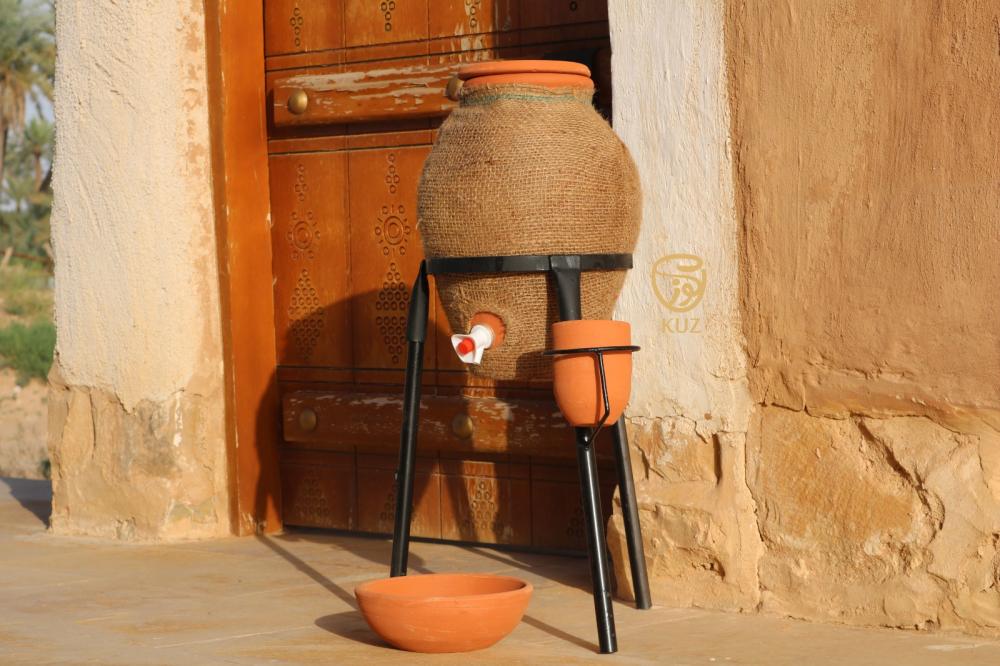
In the heart of Morocco’s sun-kissed landscapes, where desert winds meet the whisper of the Atlantic, one humble object stands as a symbol of both survival and serenity — the Khabia.
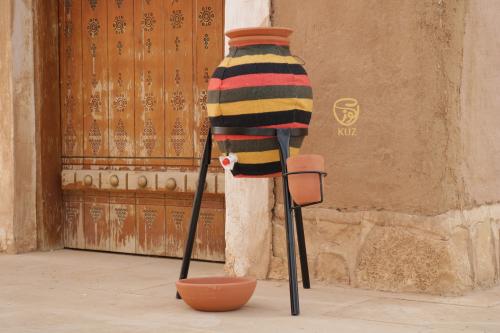
Used for centuries to store and cool water naturally, the Khabia – where water stays cool and pure like tradition itself — is more than a household vessel. It’s a masterpiece of Moroccan ingenuity, sustainability, and respect for nature.
For travelers exploring Morocco’s cities, villages, and riads, the sight of a Khabia — often sitting quietly in a shaded corner — is a gentle reminder that beauty lies in simplicity. This travel story invites you to discover how this ancient jar reflects the essence of Moroccan life, hospitality, and timeless craft.
The Khabia: A Vessel of Life and Culture
The Khabia (also called Khabiya or Ghorfa) is a large earthenware jar made from clay, often shaped by hand and fired in traditional kilns. Its purpose seems simple — to store and cool water — but its cultural and symbolic role in Morocco is profound.
In an age before refrigerators, the Khabia was the guardian of water, keeping it naturally cool even under the blazing summer sun. The porous clay allows slow evaporation, which cools the contents through a natural process. The result: refreshingly cold, pure water — untouched by modern machinery.
Beyond its practicality, the Khabia embodies Moroccan artistry. Potters decorate its surface with earthy patterns, geometric lines, and tribal symbols that tell silent stories of heritage and identity. Each Khabia is handmade — a unique reflection of the artisan’s hand and the land’s red clay.
(Learn more about Moroccan culture and traditional pottery on Wikipedia.)
The Soul of Moroccan Pottery
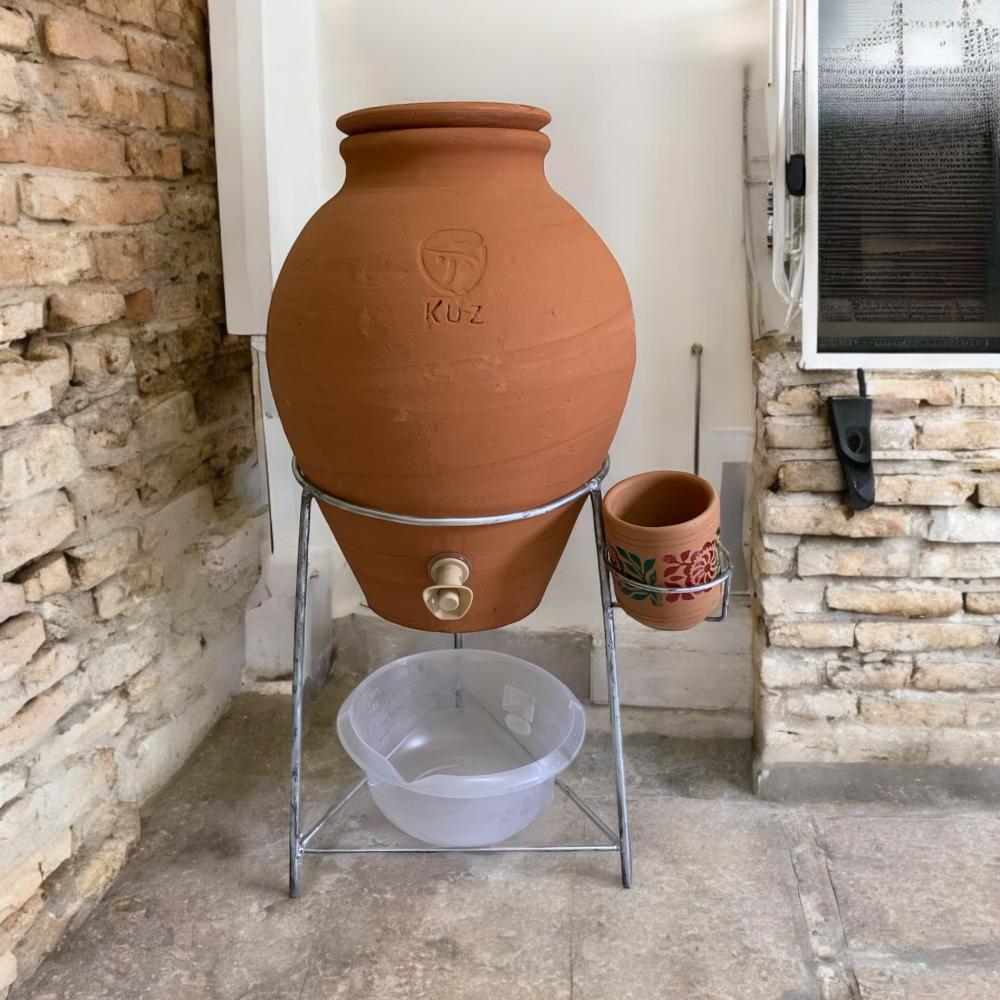
From Earth to Art
Moroccan potters, especially in towns like Safi, Fez, and Marrakech, have been shaping clay since ancient times. The city of Safi is especially famous for its ceramic production, where the craft has been passed down for generations.
To make a Khabia, artisans gather local clay, soak it, and shape it by hand or with a simple potter’s wheel. After drying, it’s fired in open kilns — the same way their ancestors did centuries ago. Some Khabias are left plain and rustic; others are glazed or painted with traditional Amazigh motifs.
A Piece of Everyday Life
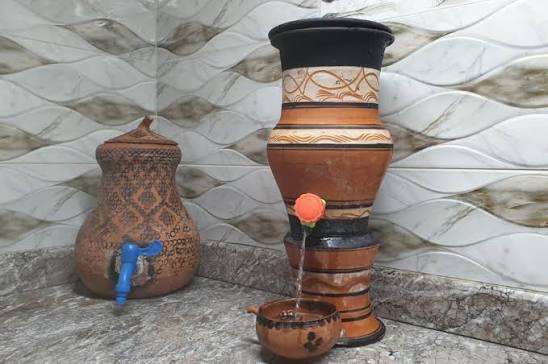
In traditional Moroccan homes, the Khabia occupies a place of honor. You’ll often find it resting on a small wooden or metal stand, covered with a clean cloth, and surrounded by cups ready for guests. The first sip from the Khabia is said to be the most refreshing — cool, earthy, and pure.
Even today, many Moroccans prefer water from a Khabia to bottled or chilled water. It tastes of the land, of clay and calm — a flavor of authenticity that connects people to their roots.
Must-See Experiences: Following the Path of the Khabia
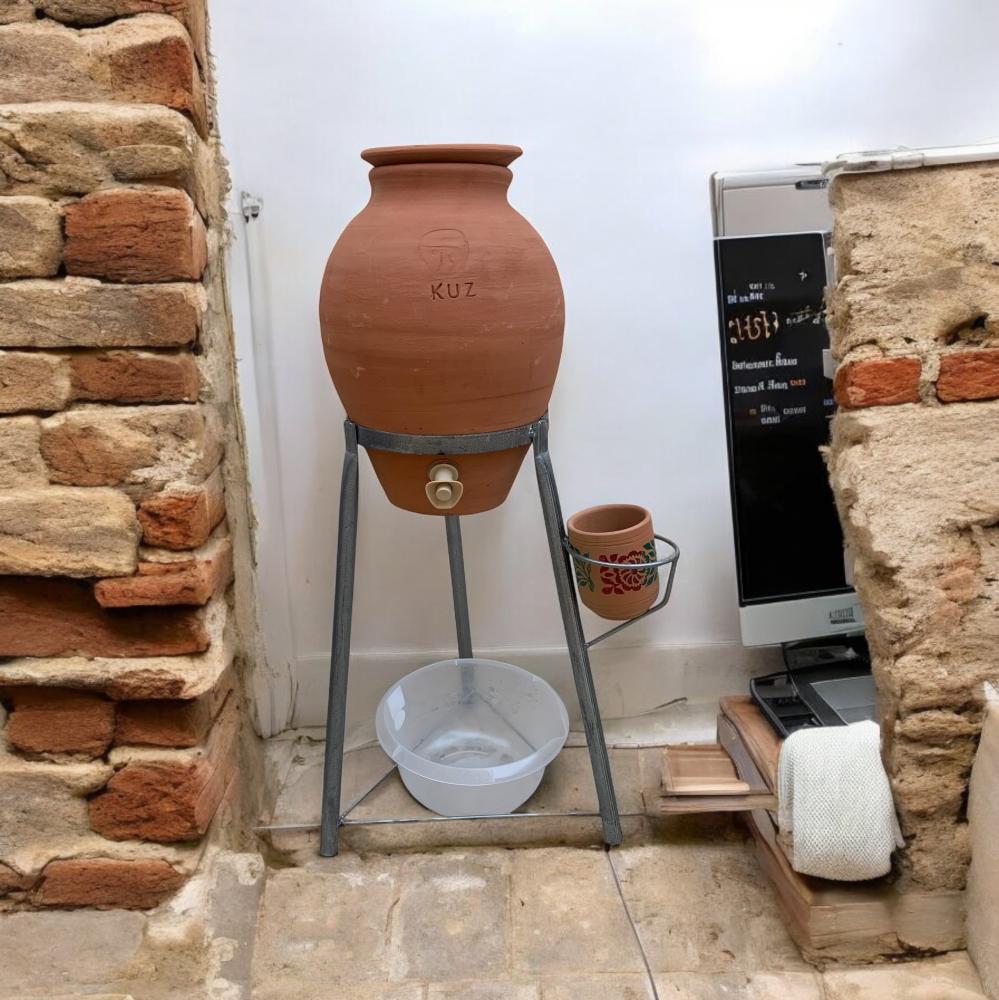
Safi – The City of Clay
To truly appreciate the Khabia, travelers should visit Safi, Morocco’s pottery capital. Wander through the Potters’ Hill (Colline des Potiers), where the air is thick with the scent of clay and smoke. Here, artisans mold, paint, and fire thousands of clay objects daily — from decorative tiles to massive Khabias used in homes and gardens.
Visitors can watch the entire process — from kneading the clay to painting the final design. Many workshops welcome tourists for hands-on sessions, where you can create your own small Khabia or vase.
Fez – Tradition in Every Detail
In Fez, Morocco’s spiritual and artistic heart, the Khabia takes on a more ornamental life. In the medina, ceramic shops display beautifully glazed jars, some used for water, others for decoration. The intricate zellige tiles, blue pottery, and old kilns of Fez tell a deeper story — one where craft meets devotion.
Marrakech – The Fusion of Past and Present
In Marrakech’s riads and restaurants, the Khabia often appears as a design element, linking modern comfort to ancestral tradition. Whether in luxury hotels or rural guesthouses, seeing a Khabia filled with water in a shaded courtyard feels like discovering an oasis of calm.
Travel Tips and Cultural Insights
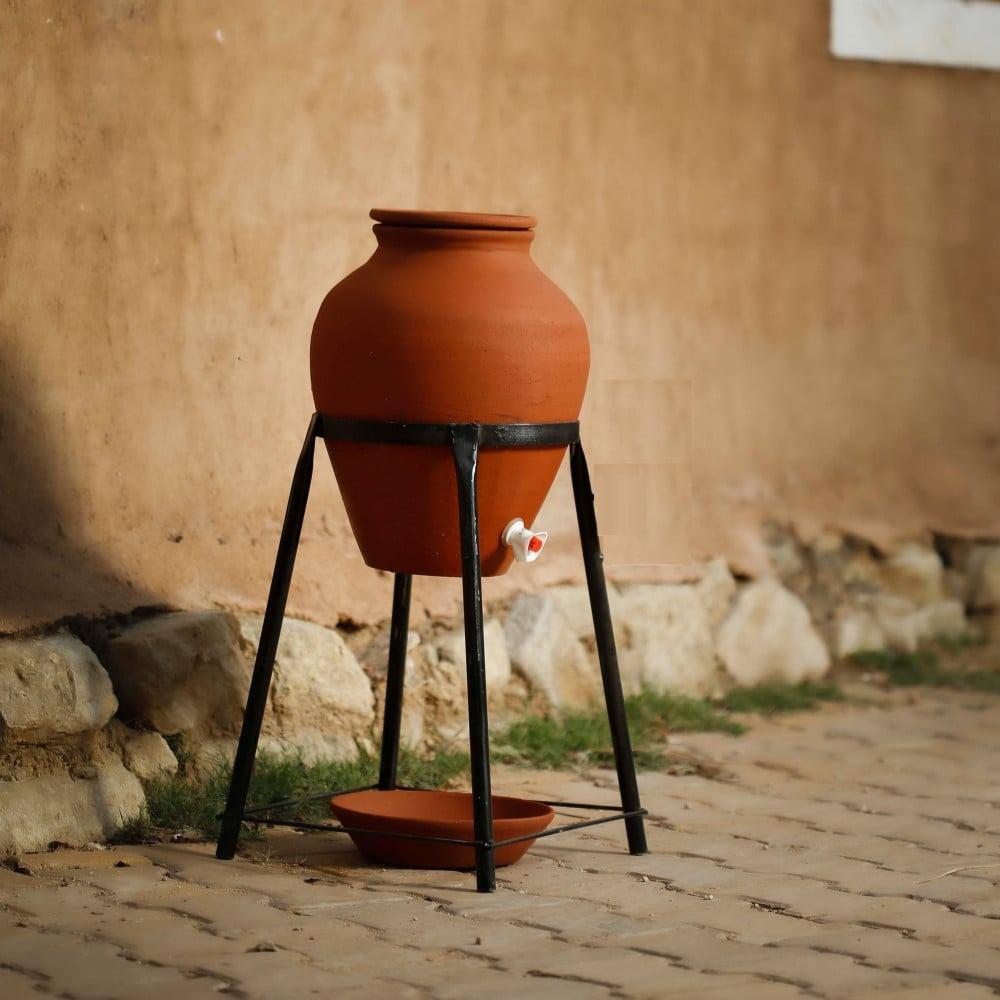
Drink like the locals: If you’re staying in a traditional riad or village home, don’t hesitate to try water from a Khabia — it’s safe, cool, and delicious.
Buy from artisan cooperatives: Authentic handmade Khabias are available in Safi, Fez, and Tamegroute. Supporting local potters keeps this ancient craft alive.
Choose wisely: Khabias come in many sizes. Large ones are perfect for gardens, while smaller ones make beautiful decorative souvenirs.
Keep it cool: If you buy one, remember that clay keeps water fresh only when placed in the shade — just like in Moroccan homes.
Capture the tradition: The Khabia’s simple beauty makes for stunning photography, especially in natural light.
Real-World Traveler Stories
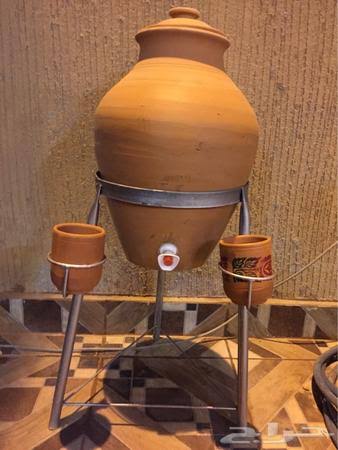
“The Water That Remembered the Earth”
Helena, a traveler from Spain, recalls her stay in a small riad near Essaouira:
“Every morning, I drank from the Khabia in the courtyard. The water tasted alive — fresh but earthy. The owner told me it was the same way his grandparents drank, straight from clay.”
That experience changed how she thought about sustainability and connection to nature.
“A Souvenir from Safi”
Jonas, an artist from Germany, visited Safi’s Potters’ Hill and fell in love with the craft:
“I saw a craftsman painting a huge Khabia with his fingers — no tools, just intuition. I brought home a small one, and every time I fill it with water, I remember Morocco’s rhythm.”
Such stories reveal how this simple jar touches hearts across cultures — a reminder that Morocco’s traditions are alive, tangible, and shared.
The Future of the Khabia: Ancient Wisdom in a Modern World
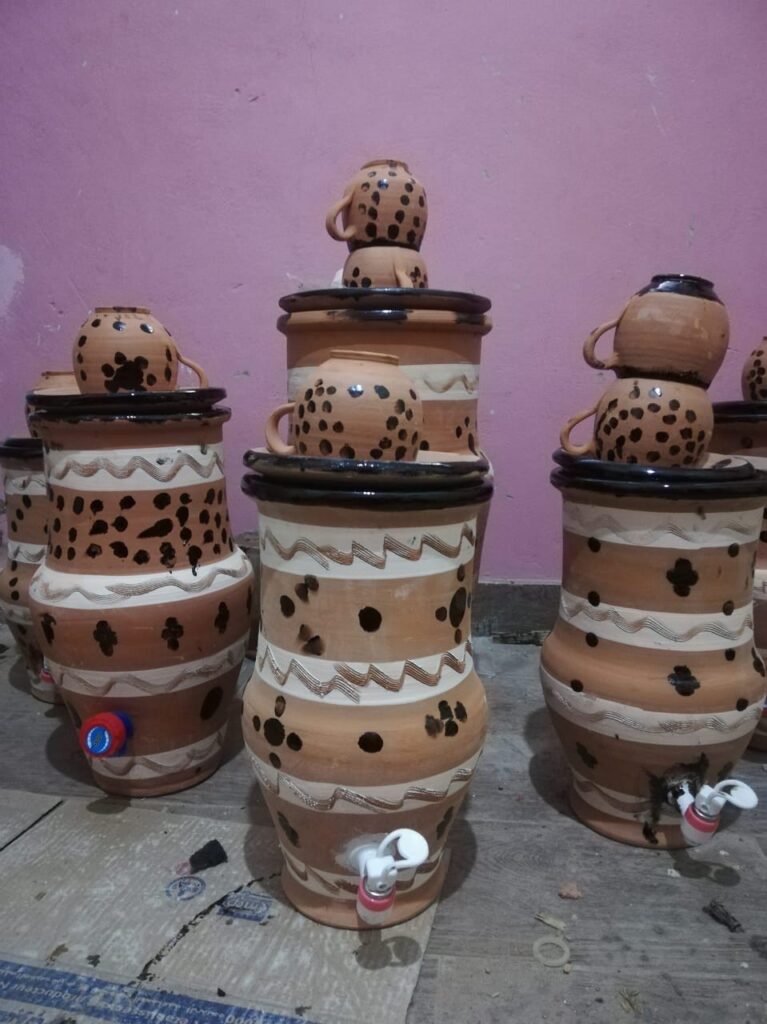
In an era dominated by plastic and glass, the Khabia offers a lesson in sustainability. Made entirely of natural materials, it cools water without electricity and lasts for decades. Environmental advocates in Morocco now highlight it as an example of eco-friendly living rooted in tradition.
Designers and architects are also reintroducing the Khabia into modern Moroccan interiors — combining rustic clay with contemporary design. Some upscale riads even use them as water dispensers, garden planters, or decorative lamps, blending function with heritage.
The Khabia reminds travelers that progress doesn’t always mean abandoning the past — sometimes, it means rediscovering ancient wisdom.
FAQ – The Khabia: Where Water Stays Cool and Pure
What is a Khabia used for in Morocco?
The Khabia is a traditional clay jar used to store and cool water naturally. It’s also a cultural symbol of hospitality and simplicity.
How does the Khabia keep water cool?
The clay’s porous surface allows slow evaporation, which lowers the water’s temperature — a natural, eco-friendly cooling process.
Where can I buy an authentic Khabia?
Visit pottery centers like Safi, Fez, or Tamegroute. Artisan cooperatives often sell authentic, handmade Khabias.
Is the water safe to drink from a Khabia?
Yes — as long as it’s clean and properly maintained. Many Moroccan households still use them daily for cool, pure water.
Can I bring a Khabia home as a souvenir?
Of course! Smaller Khabias are easy to transport and make meaningful, eco-friendly mementos of Moroccan tradition.
Conclusion
The Khabia – Where Water Stays Cool and Pure Like Tradition Itself is more than a vessel; it’s a mirror reflecting Morocco’s soul. From the potters of Safi to the courtyards of Marrakech, it stands as a quiet testament to the harmony between people, craft, and nature.
For travelers, discovering the Khabia is discovering Morocco’s philosophy of life — one that values patience, balance, and connection to the earth.
So when you next visit Morocco, pause in a riad courtyard, pour a glass from the Khabia, and feel the story in every drop — a story that began in clay, lives in tradition, and endures with every sip.
– Plan your Moroccan journey today. Explore the crafts, meet the artisans, and discover how Morocco’s simplest treasures hold the deepest meaning.

